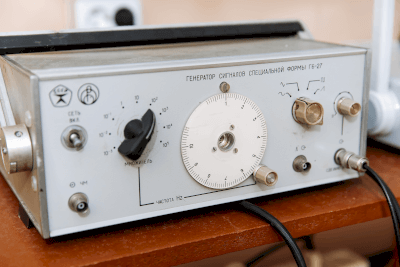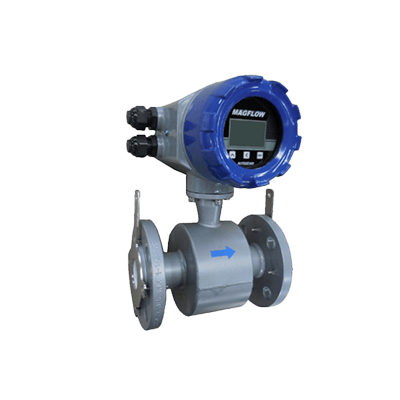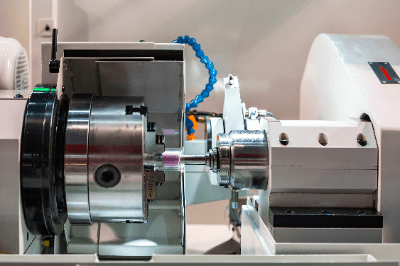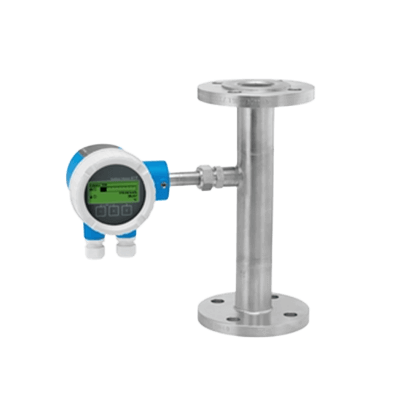¿Qué es un Transformador de Alta Tensión?
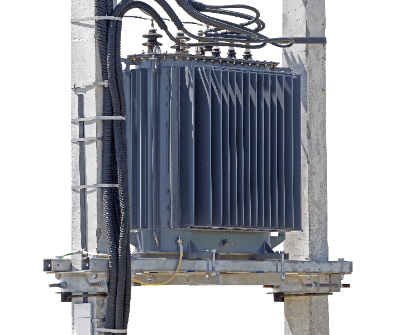
Un transformador de alta tensión es un dispositivo que tiene la capacidad de transformar una tensión de entrada elevada en una tensión de salida reducida o aumentada.
El transformador, también conocido como transformador eléctrico, es un dispositivo diseñado para cambiar la tensión de una corriente eléctrica de entrada y convertirla en una tensión de salida diferente. Cuando la tensión de salida es menor que la de entrada, se dice que el transformador actúa como reductor de tensión. Por otro lado, cuando la tensión de salida es mayor que la de entrada, el transformador se denomina elevador de tensión. Las tensiones de alimentación se dividen en categorías, como baja tensión, alta tensión y alta tensión especial. La alta tensión se refiere a tensiones de corriente alterna (CA) que oscilan entre 600 V y 7 kV.
Usos de los Transformadores de Alta Tensión
Por lo general, los transformadores de alta tensión se utilizan para suministrar energía a grandes instalaciones con un elevado consumo eléctrico, como fábricas, hospitales e instalaciones comerciales.
La electricidad generada en las centrales eléctricas es de muy alta tensión, con tensiones de decenas de miles de voltios. No puede utilizarse si se transmite directamente al usuario. Sin embargo, desde el punto de vista de la eficacia de la transmisión, la energía se transmite a alta tensión y baja corriente en las proximidades de la fuente de suministro, y luego se reduce a una tensión que pueda ser utilizada por un transformador.
Los transformadores de alta tensión suelen estar integrados en instalaciones receptoras de energía de alta tensión denominadas celdas y se sitúan en los tejados.
Principio de los Transformadores de Alta Tensión
Un transformador consta de dos bobinas. Las dos bobinas están separadas eléctricamente pero conectadas magnéticamente por un núcleo de hierro.
La bobina del lado de entrada es la bobina primaria y la del lado de salida es la bobina secundaria. Cuando circula corriente por la bobina primaria, se genera un flujo magnético según la ley de Ampere. Este flujo magnético se transmite a través del núcleo de hierro a la bobina secundaria, donde se genera una tensión en función del número de espiras de la bobina según la ley de Faraday de inducción electromagnética. Así, utilizando la bobina y el núcleo de hierro, se puede convertir la tensión entre la fuente de alimentación de entrada y la de salida.
Más Información sobre los Transformadores de Alta Tensión
1. Sistema de Refrigeración de los Transformadores de Alta Tensión
Dado que en el interior del transformador se genera calor como consecuencia de las pérdidas de potencia, se introduce un sistema de refrigeración. Existen dos métodos de refrigeración: el método lleno de aceite, en el que los devanados se refrigeran con aceite aislante, y el método moldeado, en el que no se utiliza aceite.
Los transformadores de alta tensión se utilizan en instalaciones en las que se requieren medidas estrictas de prevención de catástrofes, por lo que se suele emplear el “método moldeado”, ya que presenta un menor riesgo de incendio. En el caso de los transformadores rellenos de aceite, se utiliza petróleo de clase 3 como aceite aislante. Tenga en cuenta que a medida que aumenta la capacidad de los transformadores de alta tensión y la cantidad de aceite supera los 400 litros, el aceite por sí solo está regulado por la Ley de Servicios contra Incendios como sustancia peligrosa.
A medida que aumenta la capacidad, resulta más difícil utilizar transformadores autorrefrigerantes, por lo que se utilizan sistemas de circulación forzada.
2. Precio de los Transformadores de Alta Tensión
Los transformadores de alta tensión son relativamente baratos entre los equipos industriales debido a su sencillo mecanismo. Para los transformadores con una tensión temporal general de 6.600 V/3.300 V y una tensión secundaria de 400 V/200 V/105 V, existen productos de catálogo de diversas empresas de electricidad pesada.
Se considera que los productos de catálogo tienen un límite superior de unos 2.000 kVA, por encima del cual se fabrican por encargo. Los transformadores autorrefrigerantes rellenos de aceite se consideran costosos, con precios que varían desde cantidades significativas para los de varias decenas de kVA, hasta montos considerablemente más altos para los de 2.000 kVA (a partir de 2021). Los sistemas moldeados se encuentran en una categoría aún más cara en comparación.
Los precios anteriores corresponden a transformadores reductores generales, pero como las especificaciones especiales se hacen por encargo, es necesario consultar los precios con las empresas de maquinaria eléctrica pesada.
3. Capacidad de los Transformadores de Alta Tensión
La capacidad de un transformador de alta tensión viene determinada por el valor de corriente admisible de los devanados y la capacidad del núcleo de hierro magnético. Si por los devanados circula una corriente superior al valor admisible, el transformador se protege mediante un relé de sobreintensidad, ya que esto puede provocar la rotura del transformador.
La capacidad de un motor trifásico, por ejemplo, se mide en kW (kilovatios), mientras que la capacidad de un transformador de alta tensión se mide en kVA (kVA). Los productos de catálogo para transformadores de alta tensión monofásicos de tres hilos tienen un límite superior en torno a 300 kVA, mientras que los transformadores trifásicos de 400 V/200 V tienen un límite superior de 2.000 kVA.
Si se utiliza un tipo de cubículo, el límite superior para los productos comerciales es de unos 750 kVA debido al tamaño del recinto y a la capacidad de refrigeración.
4. Factor de Potencia de los Transformadores de Alta Tensión
Es importante tener en cuenta que la capacidad de trabajo de un transformador de alta tensión está influenciada por el factor de potencia de la carga. Cuanto más alejado esté el factor de potencia de 1, menor será la capacidad de trabajo disponible. Para utilizar el transformador de alta tensión a su máxima capacidad sin desperdicio, se recomienda mantener el factor de potencia en el secundario del transformador en 1.
En el caso de maquinaria industrial con múltiples motores, es común que el factor de potencia tienda a ser retardado. Para compensar esto, se suelen utilizar condensadores de potencia conectados en paralelo a la carga como medida general.
Los transformadores de alta tensión están diseñados para lograr una eficiencia óptima con cargas alrededor del 60%. Por lo tanto, es importante seleccionar un condensador con suficiente margen para que la capacidad utilizada se encuentre normalmente en torno al 60%.
